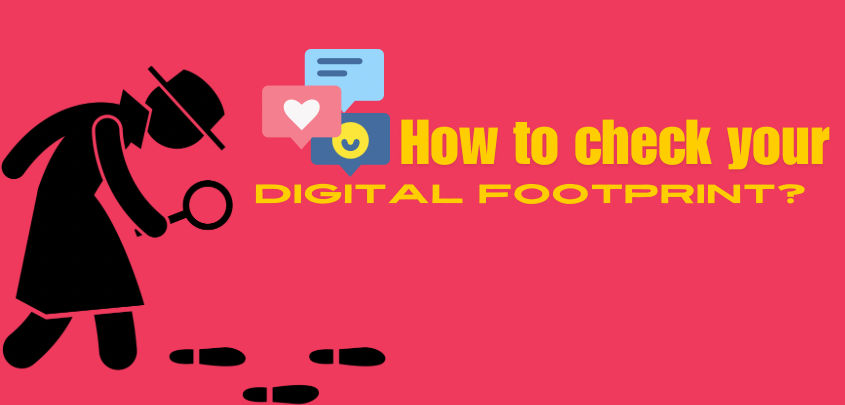
10, Jun, 2024
How to Check Your Digital Footprint
In today’s interconnected digital world, it’s vital to understand and manage your digital footprint. This encompasses all online information about you, including social media activities, online purchases, and search engine history. Here’s a simple guide to help you monitor and take control of your digital footprint.
Look Yourself Up Online-Start by searching your name on major search engines such as Google, Bing, and Yahoo. Use variations of your name and common misspellings. Review the search results to understand what public information is associated with you.Performing a routine Google search of your name is an initial and straightforward method to track your digital footprint. A swift search might uncover highly sensitive information that is easily accessible to anyone conducting a basic name search.This information may encompass details like your phone number, current location, co-residing relatives, workplace, and additional personal data.
Review Your Social Media Profiles-Check all your social media profiles, including Facebook, Twitter, Instagram, LinkedIn, and any others you may have. Look at what you’ve posted, liked, or commented on. Adjust your privacy settings to control who can see your information and consider removing or hiding posts that you no longer want to be public.
Review Old Accounts-Think back to any old accounts you may have set up on websites, forums, or online platforms. If feasible, log into these accounts and deactivate them if they are no longer active. This helps minimize the amount of personal information accessible online. As time passes, we tend to accumulate more accounts than we can manage. It’s not uncommon to use the same password for multiple sites to ease recollection in the future.
To identify accounts you’ve registered for, you can either consult your password manager or review your email account settings. For Gmail users:
1.Navigate to your Google Account Settings.
2.Click on Security from the left-hand menu.
3.Scroll down to Connected Third-Party Applications and Services.
4.Select See All Connections.
5.Assess the list of websites and revoke access as necessary.
Set Up Alerts-Create Google Alerts for your name and other personal identifiers. This will notify you whenever new information about you appears online, helping you stay informed and respond promptly.
Check App Permissions-Examine the permissions for apps on your smartphone and other devices. Make sure apps only have access to necessary information. Remove any unused apps to reduce data sharing.Example: Suppose you have a fitness app on your phone. It asks for access to your contacts, location, and camera, which aren’t necessary for its function. So, you revoke these permissions. Also, if there are unused apps like old games, uninstalling them reduces data sharing.
Check Data Brokers-Data brokers gather and sell information about individuals. Websites such as Spokeo, PeopleFinder, and Whitepages often contain profiles with your details. Visit these sites, search for your name, and request to opt out or remove your information whenever possible.
Consistently monitoring and controlling your digital footprint is crucial to safeguarding your privacy and retaining authority over your personal data. By adhering to these guidelines, you can gain a deeper insight into the information accessible about you online and proactively protect your digital identity. Stay alert and proactive to foster a positive and secure online image.
